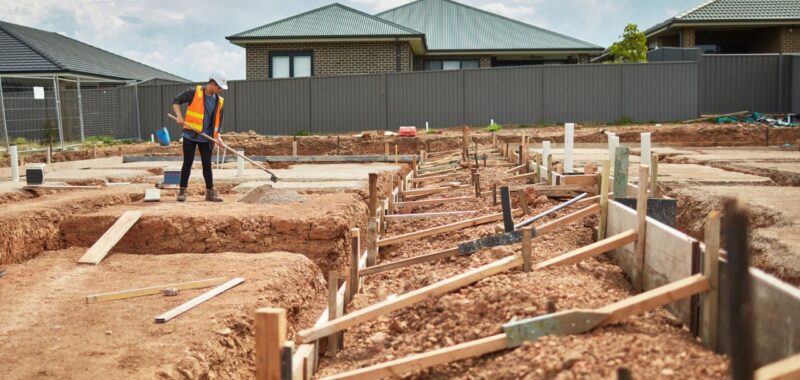Construction costs in New Zealand have shown a slight increase in the September quarter, despite an ongoing slowdown in the building industry.
CoreLogic’s latest Cordell Construction Cost Index (CCCI) recorded a 1.1 per cent rise in the September quarter, reversing the fall recorded in Q2.
This marks the first time quarterly growth has exceeded 1 per cent since December 2022.
However, the annual growth rate remains subdued at 1.3 per cent, well below the long-term average growth rate of 4.3 per cent.
CoreLogic Chief Property Economist Kelvin Davidson said overall construction cost growth remains subdued, reflecting an easing of pressure for both labour and materials.
“The wider residential construction sector has been in a downturn for about two years now, with dwelling consents falling and actual workloads subsequently declining too,” he said.
He said the industry is facing additional challenges, with many households remaining financially cautious despite falling mortgage rates.
The number of established property listings available for sale remains high, with about 26,000 properties currently listed for sale.
The supply pipeline has also slowed, with annual dwelling consents falling 34 per cent to 33,632 in August this year from their peak of about 51,000 in May 2022.
Despite the current downturn, there are potential signs of recovery on the horizon.
The Reserve Bank of New Zealand’s newly introduced debt-to-income ratio restrictions, which exempt new builds, could help stimulate demand in this segment.
Further interest rate cuts and improvements in the labour market are also likely to have a positive impact on construction activity into 2025.
Mr Davidson said that developers may feel more confident to increase supply if these changes, combined with falling mortgage rates, create a relative shift in demand towards new builds over the next 12 to 18 months.
“This could lead to a resurgence in New Zealand’s construction sector, with agents and developers watching closely for any signs of a turnaround in 2025,” Mr Davidson said.

